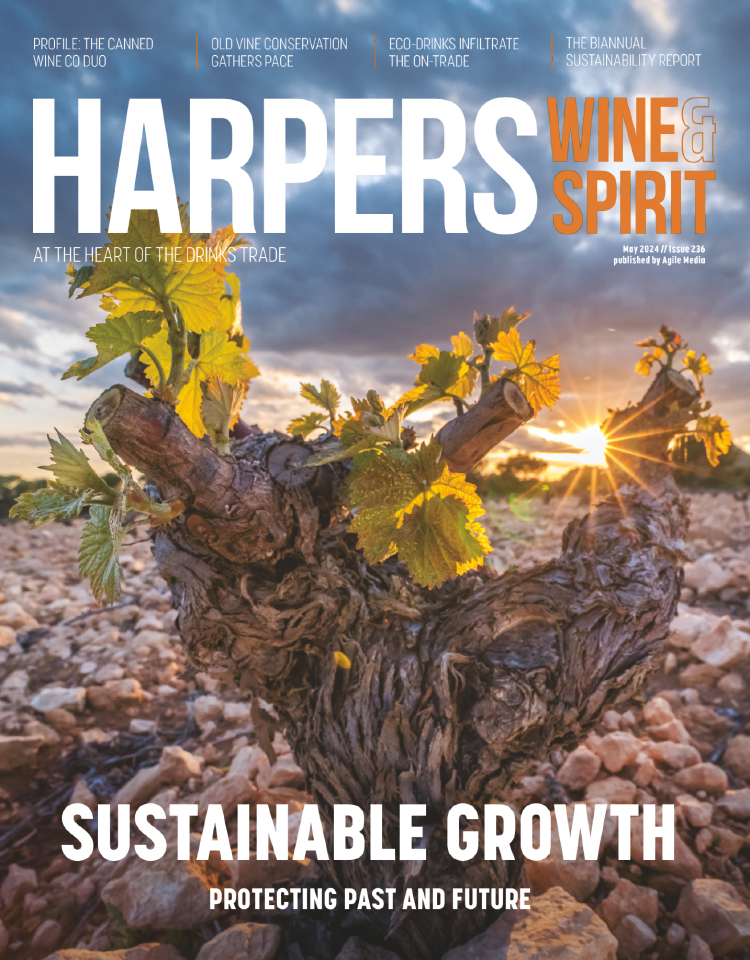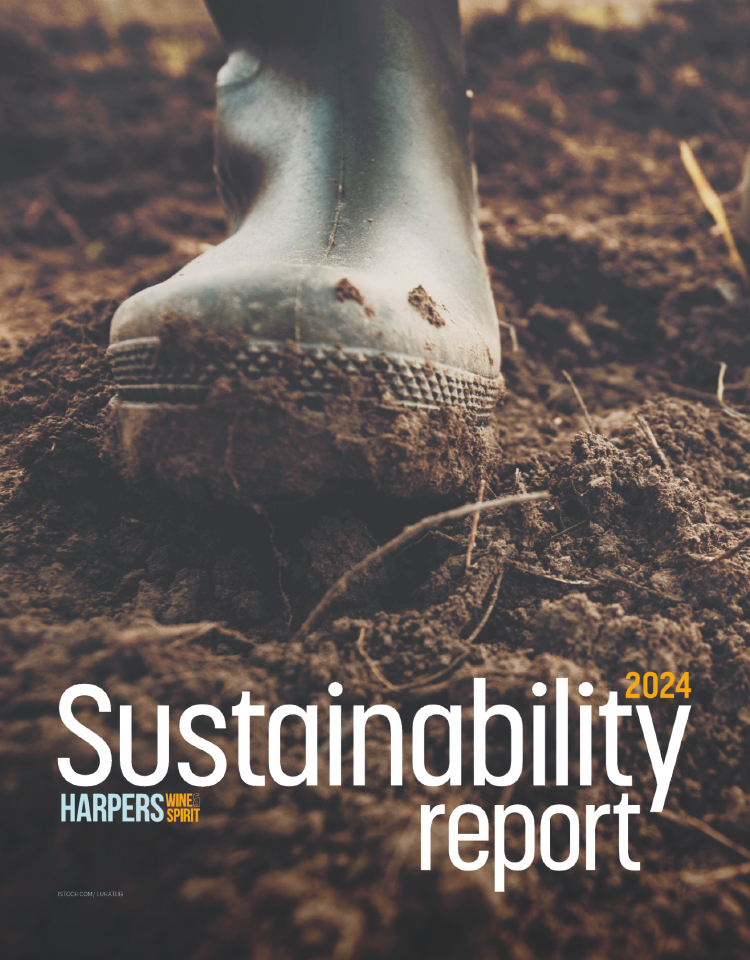Douglas Blyde discovers Scandinavian food and German wine with Signe Johansen
"Food anthropologist", chef and author, Signe Johansen gave a fascinating insight in to how well crafted Scandinavian dishes work alongside German wines at an insightful food and wine matching event in Battersea, south London with Wines of Germany last week.
"Food anthropologist", chef and author, Signe Johansen gave a fascinating insight in to how well crafted Scandinavian dishes work alongside German wines at an insightful food and wine matching event in Battersea, south London with Wines of Germany last week.
Although Norwegian by birth, yet "potentially conceived under the influence of German wine, and born in Germany," Johansen appeared well-placed to understand the friendly freshness of the country's bottlings alongside Scandinavia's sweet-sour sauces, cultured dairy, berries, hearty meats and fresh fish. "One in four bottles of wine sold in Norway is from Germany," she explained.
She proved to be a winning double act with Waitrose wine-buyer, turned wine communicator, Joe Wadsack, himself, half-German/half-Swedish, known in the trade for his ability to "visualise" wines "in shapes", talked through the best accompaniments to Johansen's cuisine, which is described as being "North of the olive oil line". Despite the industrial estate location, the homely venue, with wooden units, warm lighting and delicate china, "Venturis Table", felt a pleasantly un-corporate-seeming, corporate cookery centre.
Testimony to what Johansen called Scandinavia's "enduring love affair with fish," cured middle fat salmon with wild dill pollen, pickles, delicate horseradish crème fraîche and crisp-bread married well with lime-scented Balthasar Ress's Hattenheimer Schutzenhaus Riesling Kabinett 2011 (Rheinghau). Although sometimes overshadowed by the maker's publicity machine (not only did Ress bury 18 magnums of cuvée "RESSpekt" 18 metres deep in a flooded quarry to "optimise maturity" - they also "re-thought" a section of their 1922 cellars into a cellar-cum-club with contemporary music, LED lighting, art installations and a central bar) the wines remain the stars.
To follow, served family style, guests helped themselves to Scottish roe venison with mushrooms, pearled spelt, rough-hewn, ancient looking, but fresh salt-baked celeriac and Brussels sprout tops, was most harmonious with granitic red, Meyer-Nakel Spatburgunder Blaschiefer 2010 (Ahr). Wadsack described the assertive Pinot Noir as coming from vines "which had been hanging off a cliff most of the year".
After palate cleanser of ripe, robust blood orange granita, hardly-sweetened rhubarb and almond torte, then fragrant lemon butter nutmeg madeleines qualified Johansen's sheer baking ability.
The best match for the latter courses was the depthful Wehlener Sonnenuhr Riesling Auslese 2009 (Mosel).
Although German wines were felt, overall, to work very well with the evening's Scandinavian food, a question about matching them with chocolate yielded a strict response from Wadsack. "Unfortunately, there's no German wine which will work with chocolate." Given her menu, which omitted anything cocoa-based, this is a tenet Johansen is clearly aware of.
Despite working in an unfamiliar kitchen with an eager and hungry audience looking on, wide-eyed, Johansen, aided by sous chef, "Chuchibum" (now as famous for her Primrose Hill Greenberry Café as she was infamous for her, alas discarded, semi-naked Twitter avatar) cooked-up a fine feast...
* You can read more from Douglas Blyde at Intoxicating Prose.
* You can find Johansen's books, 'Secrets of Scandinavian Cooking' and sequel, 'Scandilicious Baking' on Amazon.
* More information on German wines at Wines of Germany





